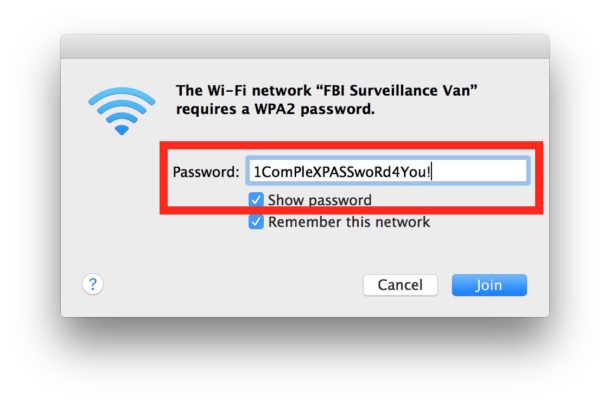For Mac OS X 10.11 or later. I want to update Chrome This computer will no longer receive Google Chrome updates because Mac OS X 10.6 - 10.10 are no longer supported. Item ID clackercart rocking horse train set elephant slide ringtoss moss ball lucky cat succulent plant manhole cover cone exercise bike treadmill barbecue birdbath birdhouse Mr. Flamingo lawn mower tiki torch acoustic guitar grass standee hedge standee mountain standee tree standee stadiometer beach chair wave breaker shaved-ice maker ukulele tall lantern deer scare boomerang. LastResort has been part of Mac OS since version 8.5, but the limited success of Apple Type Services for Unicode Imaging (ATSUI) on the classic Mac OS means that only users of macOS are regularly exposed to it. Jun 04, 2014 If the function keys on the top row of the keyboard are not working as expected, see Mac OS X: How to change the behavior of function keys. If the issue persists, use Keyboard Viewer to help isolate the issue: Click the Language & Text pane (Mac OS X v10.6) or International pane (Mac OS X v10.5.8 or earlier) in System Preferences. Dear Kate, Here’s to the crazy ones. The troublemakers. The round pegs in the square holes. The ones who see things differently. They’re not fond of rules.
Your Mac’s keyboard makes it easy to type any of the standard characters—the ones used most frequently in everyday typing. But OS X lets you use hundreds of special characters that don’t appear on your keyboard’s keys. This week’s video explains three ways to access special characters in OS X.

Transcript
Your Mac’s keyboard makes it easy to type any of the standard characters—the ones used most frequently in everyday typing. But OS X lets you use hundreds of special characters that don’t appear on your keyboard’s keys. These include special symbols for currency and punctuation, symbols, and much more.
Earlier this year, I reviewed a great utility called Characters that makes it simple to find and type special characters using a systemwide menu. But you don’t need third-party software: Here are three ways to access special characters in OS X.
Holding down keys If you’re running OS X 10.8 Mountain Lion, you can type some characters—specifically, those that are accented or modified versions of common letters—by simply holding down the base character. For example, if you need to type an accented E, just hold down the E key for a second or so; you’ll see a popover displaying the available variations on the letter E. Click one, or press the number corresponding to it, to type that character. On a U.S. English keyboard, this trick works for A, C, E, I, L, N, O, S, U, Y, and Z.
(The downside of this feature is that you can’t hold down one of these keys to repeatedly type it. If you’d rather use one of the other methods, below, to access special versions of these characters, so that you can get key repeating back, you can use this hint.)

Gracie's Letter Mac Os Download
Using Keyboard Viewer For other characters accessible via the keyboard, you can turn to OS X’s Keyboard Viewer. Before you use Keyboard Viewer for the first time, you must go to the Keyboard pane of System Preferences, and on the Keyboard tab, make sure the box for Show Keyboard & Character Viewers In Menu Bar is checked. This adds the Input Menu to the menu bar.
Choose Show Keyboard Viewer from this menu, and you’ll see an onscreen representation of your keyboard. (This virtual keyboard matches your physical keyboard’s layout, so it may not look exactly like what you see in this video.) By default, you see standard keys, but if you press modifier keys—Shift, Command, Option, and Control—or combinations of modifier keys, you’ll notice that the keys on the screen change. For example, pressing Shift and Option changes the K key to an Apple symbol (). This means that you can type an Apple symbol at any time by pressing Shift+Option+K, even if Keyboard Viewer isn’t open. (You can also click the key in Keyboard Viewer to type it immediately.)
Note that Keyboard Viewer reflects the available characters in the frontmost app’s current font, so a particular key combination may produce different results in a different app or font.
Using Character Viewer What about characters you can’t access from the keyboard? From the same Input Menu, choose Show Character Viewer, and you see a window listing any special character your Mac is able to produce, organized by category. Select a category on the left, and you see all the characters available in that category. Double-click a character to “type” it in the frontmost application.
Character Viewer offers a few other useful features. The Recently Used list makes it easy to reuse recently typed characters, while the Favorites list includes any character you’ve designated as a favorite. The details area on the right shows a larger version of the selected character, along with more information about it, similar characters, and variations available in other fonts. (You can right-click any character to copy its detailed information to the clipboard for pasting elsewhere.)
Gracie's Letter Mac Os Catalina
Perhaps most useful is Character Viewer’s search field. If you know what you’re looking for, but you can’t find it, type part of the character’s name—such as euro or smil—to show only matching characters.